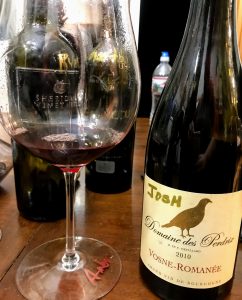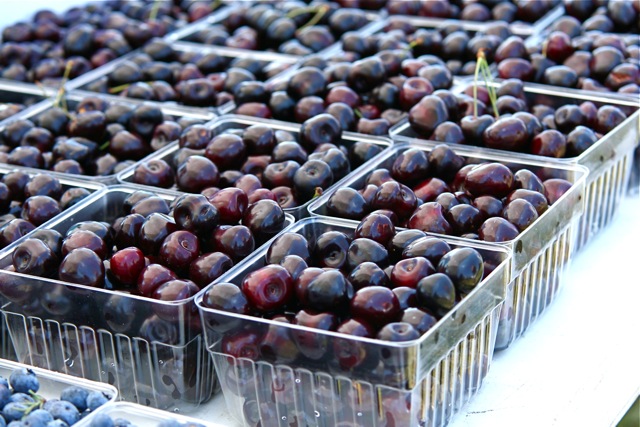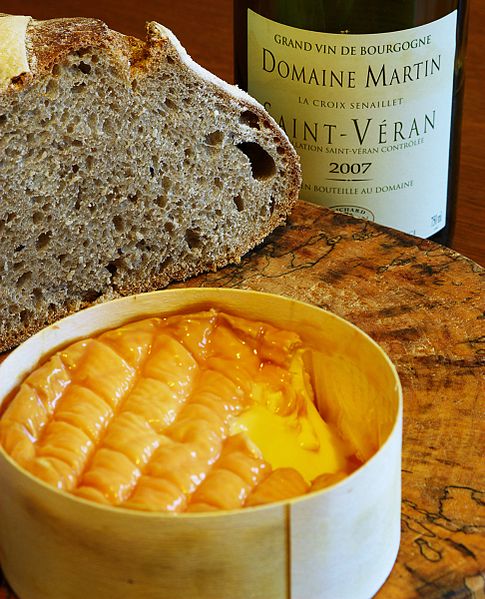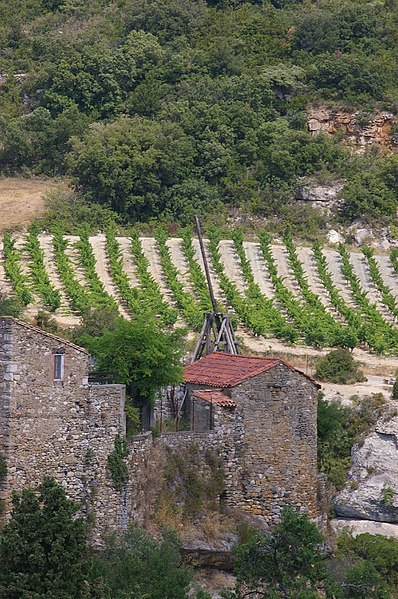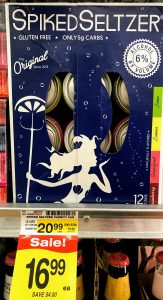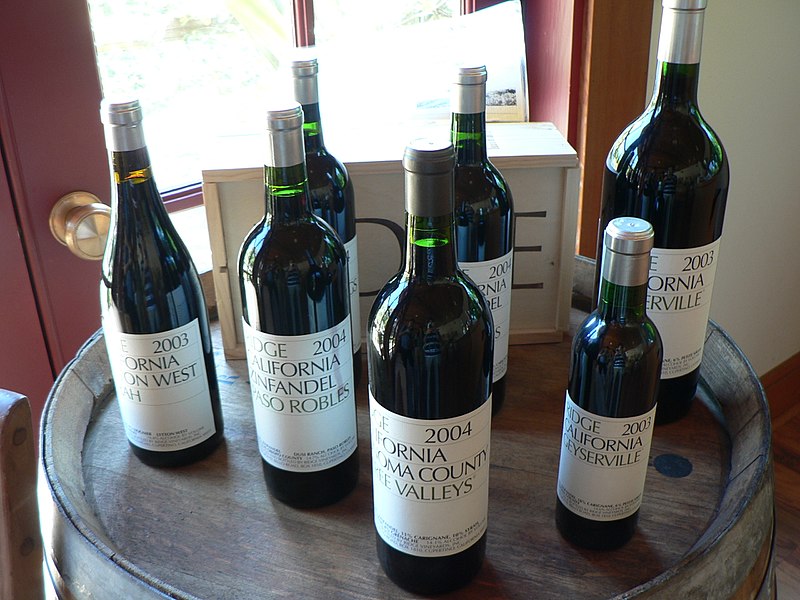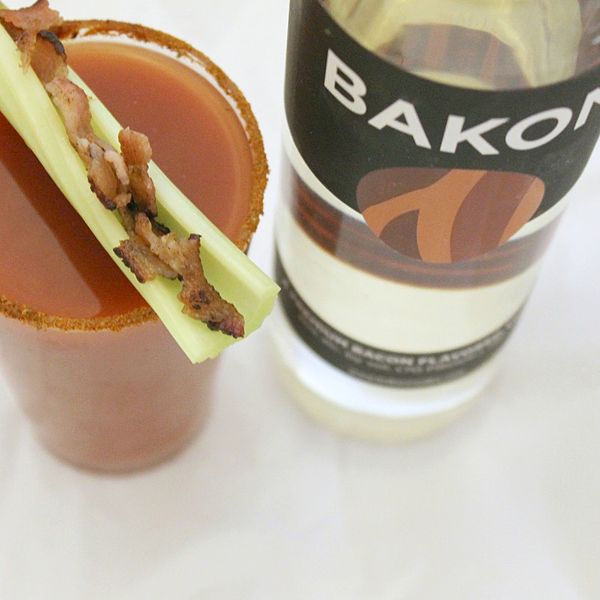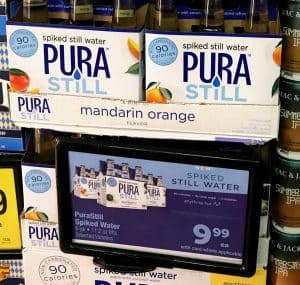I have some bad news for wine industry folks like Bob Torkelson, president and CEO of Trinchero Family Estates. You guys are chasing a strawman trying to solve your “Millennial Problem.”
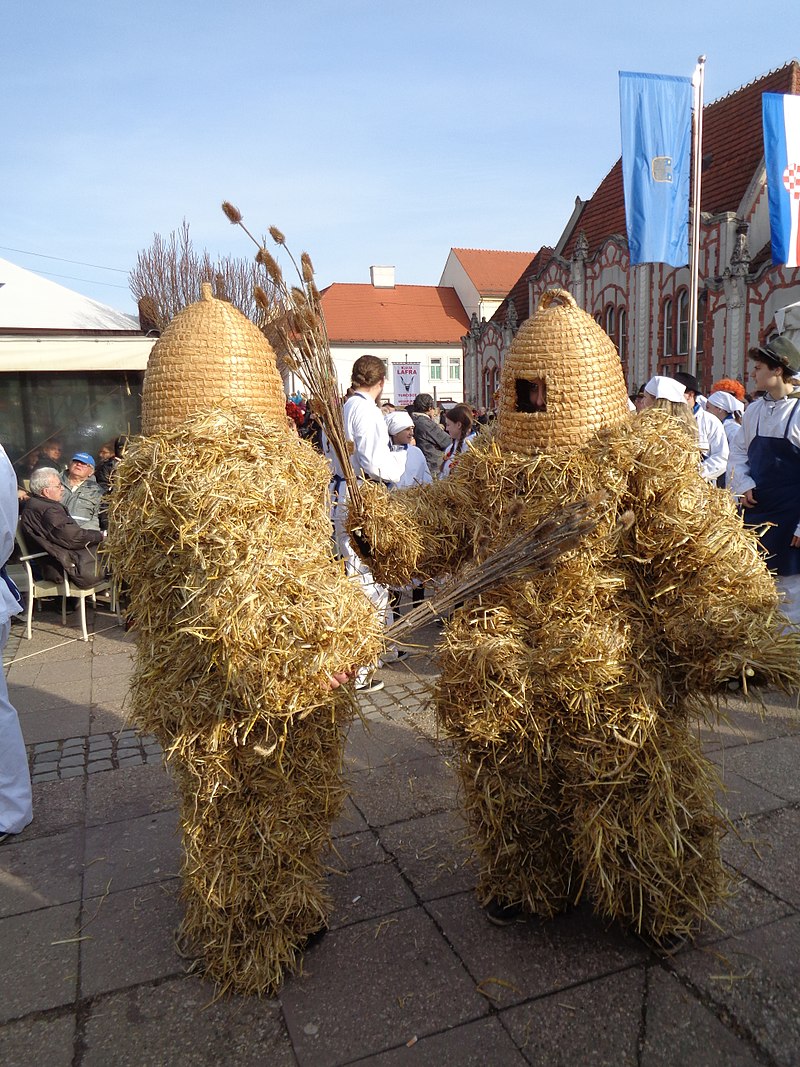
At a recent wine industry conference at Sonoma State University, Torkelson and other industry executives shared their thoughts on why Millennials weren’t buying premium wine at the rate of previous generations.
Of course, the substantial college debt and poor job prospects of Millennials made its appearance as the scapegoat du jour with Bill Swindell of The Press Democrat quoting Torkelson:
Maybe they don’t have any money. The prospect of them getting a better job is going to be difficult for a while. We face a lot of obstacles in this area. It will be interesting to see how we approach it. — Bob Torkelson, “Wine executives debate the promise and peril of millennial wine consumers” 04/18/2019
The idea of college debt keeping Millennials from embracing wine is an oft-told narrative. After the Silicon Valley Bank report came out in January, sounding the warning call about waning Millennial interest in wine, many stories ran with the idea that the more than a trillion dollars of Millennial student debt was the culprit.
College debt and poor job prospects are serious issues but let me splash some cold truth on this burning strawman.
Even if you forgave all our college debts tomorrow, Millennials are not going to be running towards wine.

Seriously, it’s not Rex Pickett’s fault that no one is buying Merlot. It’s because the wines usually make us want to fall asleep.
Millennials are already spending money. That’s not the issue. The issue is that most of us are not spending money on wine.
Instead, we’re spending it on things that we want to spend it on–even if they may seem frivolous to other generations. We have no problem spending around $1200 a year (£904.20) socializing with friends or almost $600 (£441) on a daily treat of coffee.
For around $1800 a year, we could buy more than a case of the 2014 Duckhorn Three Palms Merlot that was Wine Spectator’s #1 Wine of the Year back in 2017. Or more than 7 cases of Duckhorn’s Decoy Merlot at around $20 a pop.
But why would we?
I’m in the minority as a Millennial who does spend money on wine but even I wouldn’t bother with chasing the Duckhorn Three Palms Merlot. No Millennial seriously cares about Wine Spectator’s Top Wine of the Year and while the Decoy Merlot is solid at $20, I could only enjoy one bottle before becoming dreadfully bored.
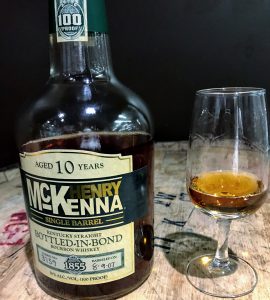
Millennial Math in action. While the #1 wine of the year is usually $100+, you can buy the #1 whiskey in the world for around $30. And you don’t have to finish the bottle in one night.
Even if we had the money, even if you gave us the money (via debt forgiveness), the industry is still not bothering to answer the fundamental question of why Millennials should care about what they’re offering.
The wine industry just assumes that as soon as Millennials somehow get more money in our pockets that we’re going to eagerly start buying whatever it is they’re peddling.
I’m sorry guys, but that’s a pipe dream.
What the industry needs to realize is that for Millennials, it’s not about the money. It’s about the value (i.e. Millennial Math) and whether or not your product is actually interesting to us.
That’s true whether your wine is $10 or a $100+. It has to deliver on intrigue and value.
A bottle of Ménage à Trois or covering the $7.99 Uber Eats fee?
What I found most laughable about Torkelson’s worry about college debt impacting wine sales is that Trinchero’s most well-known brands are Sutter Home and Ménage à Trois. You don’t need to take out a payday loan or put off buying a house to drink these wines.
All you need is the money you spend on delivery fees. Yet, even with all our debts, Millennials have been enthusiastic consumers of services like Uber Eats, Deliveroo, GrubHub and the like.
Why? Because having someone bring us new and exciting food dishes from a variety of restaurants offers us far more value for an extra $8 bucks than a bottle of Ménage à Trois ever could.
Plus, we can always get an interesting craft beer, cider or even hard seltzer water to drink with our takeout that is certainly less boring than another same ole Cab, Chard or Red Blend.
The Avocado Toast Test
Millennials really don’t eat avocado toast all the time. It’s more of a meme than anything. But still, as an occasional treat, spending around $10-20 for some avocado toast is well-established as not being a big deal for us.
That $10-20 range is a sweet spot for a lot of wineries targetting Millennials. So that leads to an essential question that every winery should ask themselves.
Is my wine more interesting than avocado toast?

Does a bottle porn pic on Instagram make me want to drink your wine more than this picture makes me want to eat this dish? Probably not.
Why do people like avocado toast?
It’s different and definitely not something that our parents ate.
We can customize it and have it in a variety of ways (sliced, smashed, brioche, bagels, flatbread, baguette, tortillas) and with numerous toppings (bacon, cherry tomatoes, sesame seeds, balsamic, fried egg, grilled shrimp, toasted almonds, pomegranate, etc). Even loaded with all those goodies it still feels relatively healthy and a treat.
Does your wine offer any of that?
Does it offer us something interesting or unique? Or is it just the same old boring stuff that our parents drank?
Does it seem relatively healthy? Or is it sourced from conventionally farmed vineyards and highly manipulated in the winery with oak chips, mega-purple additives, and residual sugars?
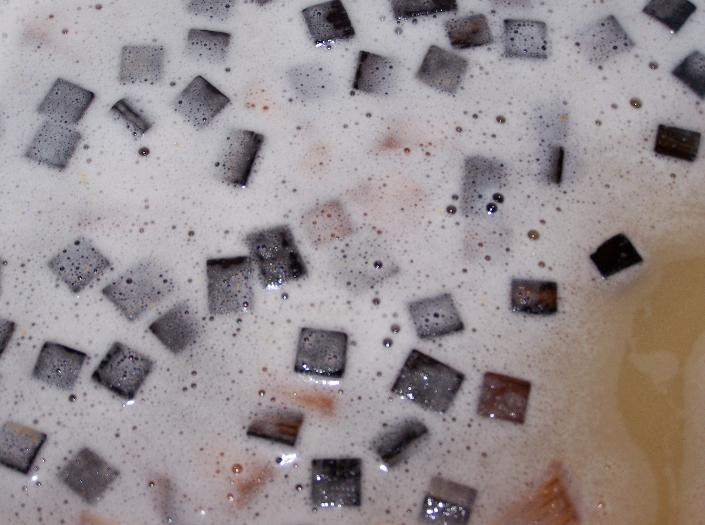
Hey, look! Another sub-$20 oaky, buttery Chardonnay. Lovely…..
Regardless of the price, does drinking your wine actually feel like a treat? Does buying your wine feel like a good value worth spending money on?
Yeah, Millennials do have a lot of college debt and shitty job prospects.
But wineries that are using this as a scapegoat to explain why we’re not buying their wines are fools.
Millennials do spend money on things beyond the bare essentials of food & rent. Like every generation that has come before us, we want to live and enjoy life even when so much around us royally sucks.
If your wine offers us that little bit of joy that our daily latte, going out with friends, a new outfit, getting take-out from a favorite restaurant or avocado toast does–then we’re going to buy it.
But if you’re peddling the same ole wines that we see everywhere, then no, you’ve lost us.
You could snap your fingers like Thanos and make all our college debt disappear, but that’s not going to change the fact that your wine is more boring than avocado toast.

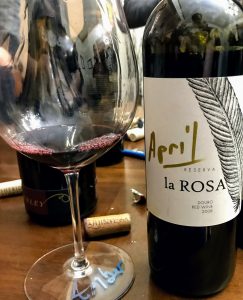 The Geekery
The Geekery



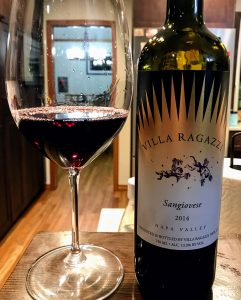

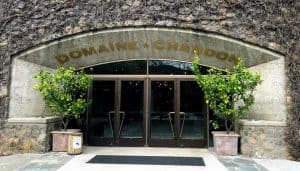
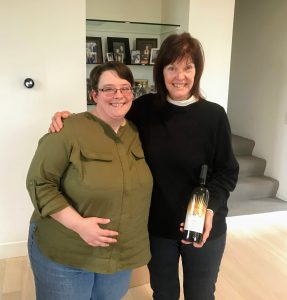
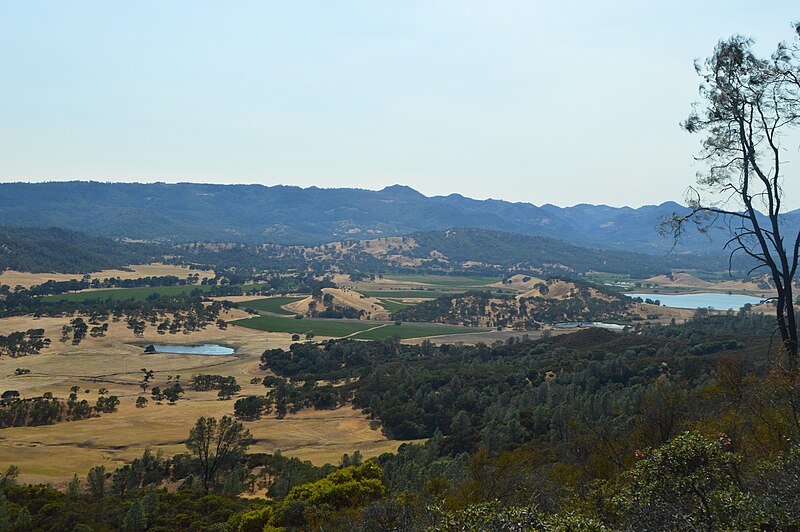


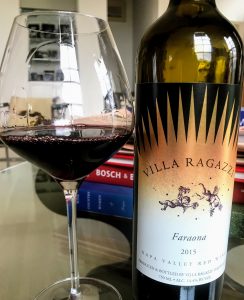
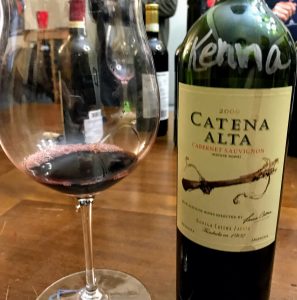


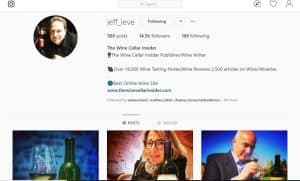
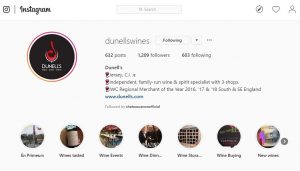
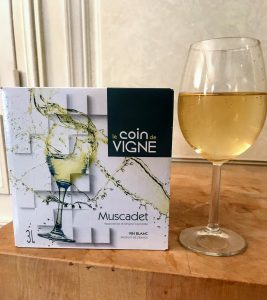
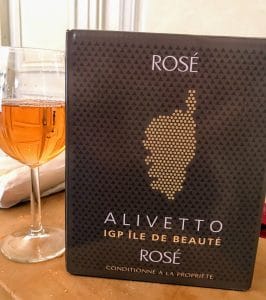
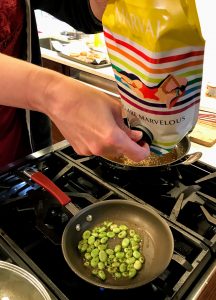
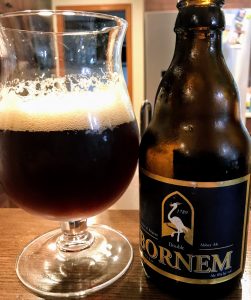
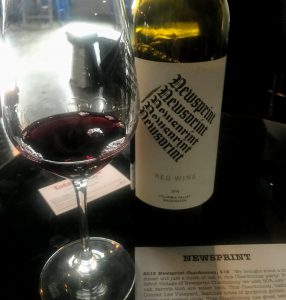
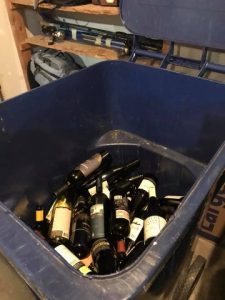
![Photo by fir0002flagstaffotos [at] gmail.com Uploaded to Wikimedia Commons under GFDL 1.2,](https://upload.wikimedia.org/wikipedia/commons/thumb/5/57/Chicken_-_melbourne_show_2005.jpg/800px-Chicken_-_melbourne_show_2005.jpg)
